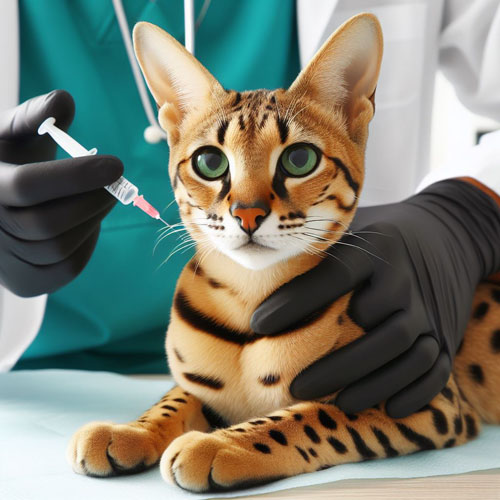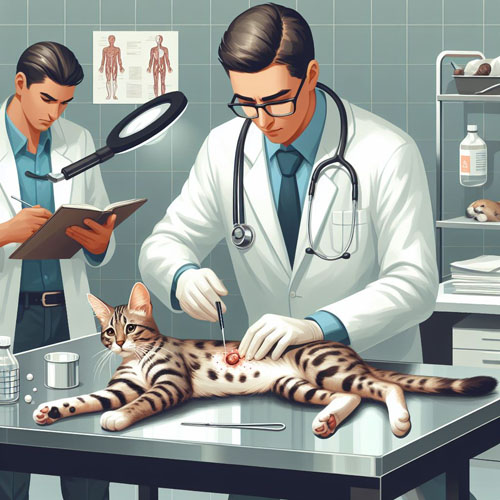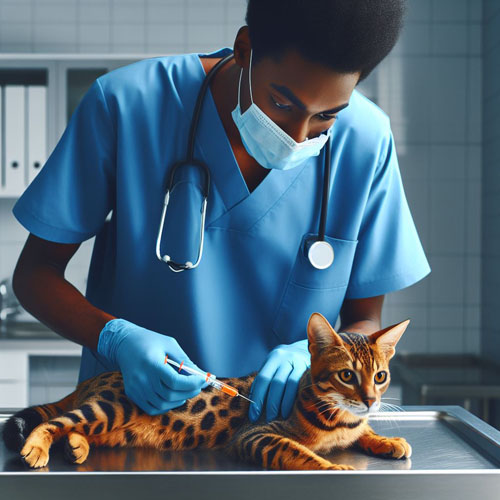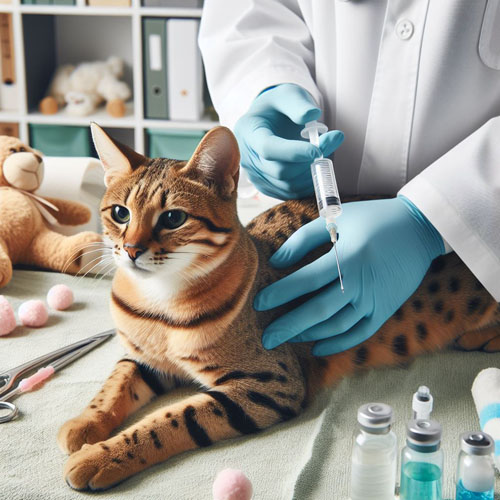Decoding Feline Tooth Resorption: Causes, Treatment, and Maintenance Strategies
Feline tooth resorption is a dental condition commonly observed in cats. This phenomenon involves the progressive loss of dental structure, where the tooth is essentially broken down and absorbed by the body. It is a painful condition that can affect cats of various ages and breeds. In this article, we will explore the causes, treatment options, and maintenance strategies for feline tooth resorption.
Causes of Feline Tooth Resorption: The exact cause of tooth resorption in cats is not fully understood, but several factors may contribute to its development:
- Genetics: Some studies suggest a genetic predisposition to tooth resorption in certain cat breeds. Siamese and Persians are reported to be more susceptible.
- Diet: Poor nutrition, especially a lack of certain minerals and vitamins, may play a role in the development of dental problems in cats.
- Oral Health: Cats with poor oral hygiene are at a higher risk of developing tooth resorption. Plaque and tartar buildup can contribute to the deterioration of dental structures.
- Age: Older cats are more prone to tooth resorption, though it can occur at any age.
- Immune System Disorders: Conditions that compromise the immune system may contribute to dental issues in cats.
Symptoms of Feline Tooth Resorption: Identifying tooth resorption in cats can be challenging as they are known for hiding signs of pain. However, some common symptoms include:
- Difficulty Eating: Cats may experience pain while eating, leading to a decrease in food intake.
- Excessive Drooling: Increased saliva production can be a sign of oral discomfort.
- Pawing at the Mouth: Cats may paw at their mouths due to pain or irritation.
- Bad Breath: Foul breath can indicate dental issues, including tooth resorption.
Diagnosis and Treatment: If you suspect your cat has tooth resorption, it is crucial to consult a veterinarian. Diagnosis typically involves a thorough oral examination and may include dental X-rays. Once diagnosed, treatment options may include:
- Tooth Extraction: The most common treatment is the extraction of affected teeth. This helps alleviate pain and prevent further deterioration.
- Pain Management: Pain medications may be prescribed to manage discomfort during the recovery period.
- Antibiotics: If there is an associated infection, antibiotics may be prescribed.
- Dietary Changes: Switching to a dental-specific diet or providing dental treats can support oral health.
Maintenance Strategies: Preventing and managing feline tooth resorption involves ongoing care:
- Regular Veterinary Check-ups: Schedule routine dental check-ups to detect early signs of dental problems.
- Oral Hygiene: If possible, brush your cat’s teeth regularly using feline-specific toothpaste and a soft brush.
- Dental Diet: Consider feeding your cat a dental-specific diet recommended by your veterinarian.
- Dental Treats and Toys: Provide toys and treats designed to promote dental health and reduce plaque buildup.
- Monitor Behavior: Pay attention to any changes in eating habits, drooling, or behavior that may indicate oral discomfort.
In conclusion, feline tooth resorption is a painful condition that requires prompt attention. Understanding the causes, recognizing symptoms, seeking a professional diagnosis, and implementing preventive measures are essential in ensuring the overall oral health and well-being of your feline companion. Regular veterinary care and a proactive approach to dental hygiene can significantly contribute to the prevention and management of this dental condition in cats.
Keywords: Feline tooth resorption, Cat dental health, Tooth resorption causes, Cat tooth extraction, Dental care for cats, Feline oral hygiene, Cat dental problems, Preventive measures for tooth resorption





